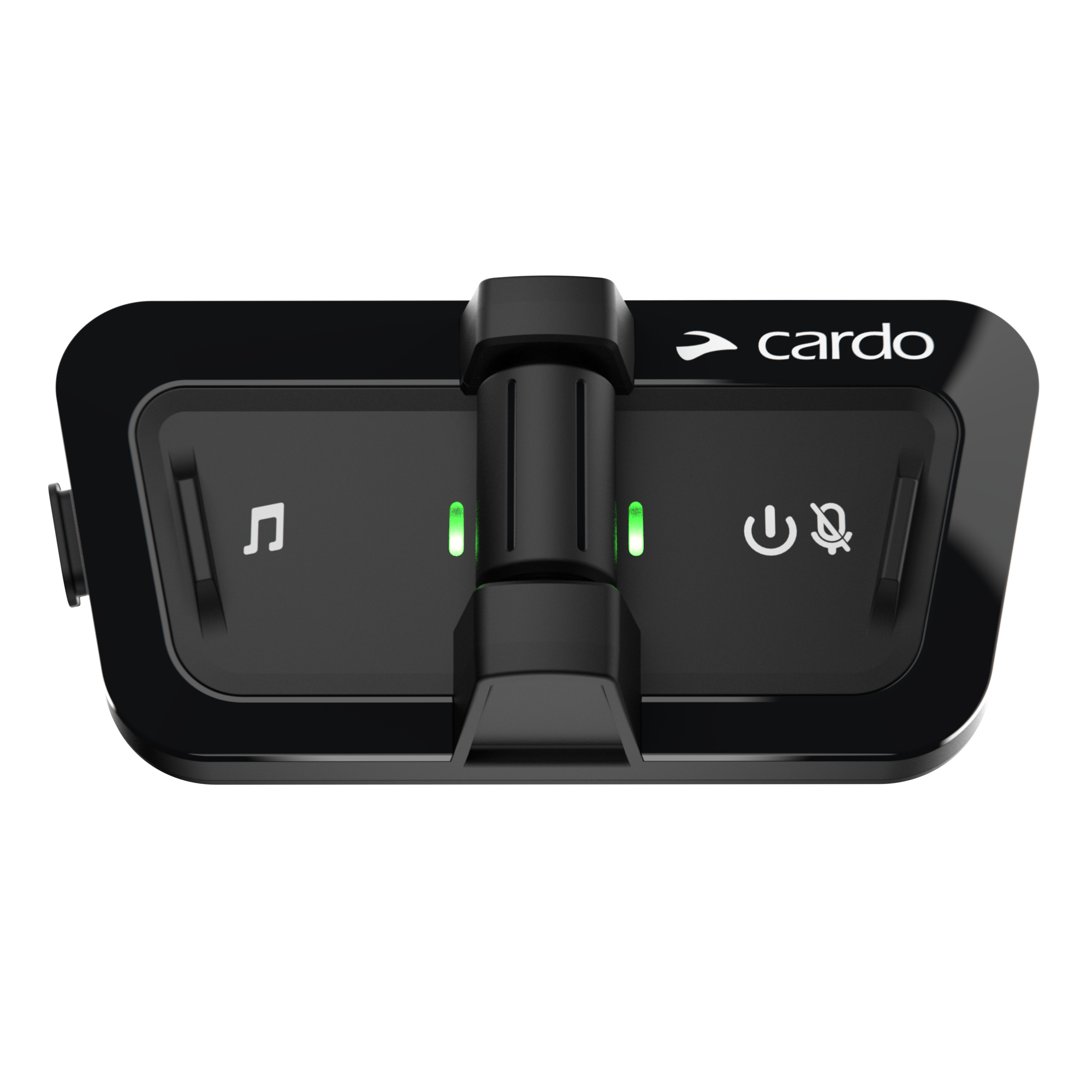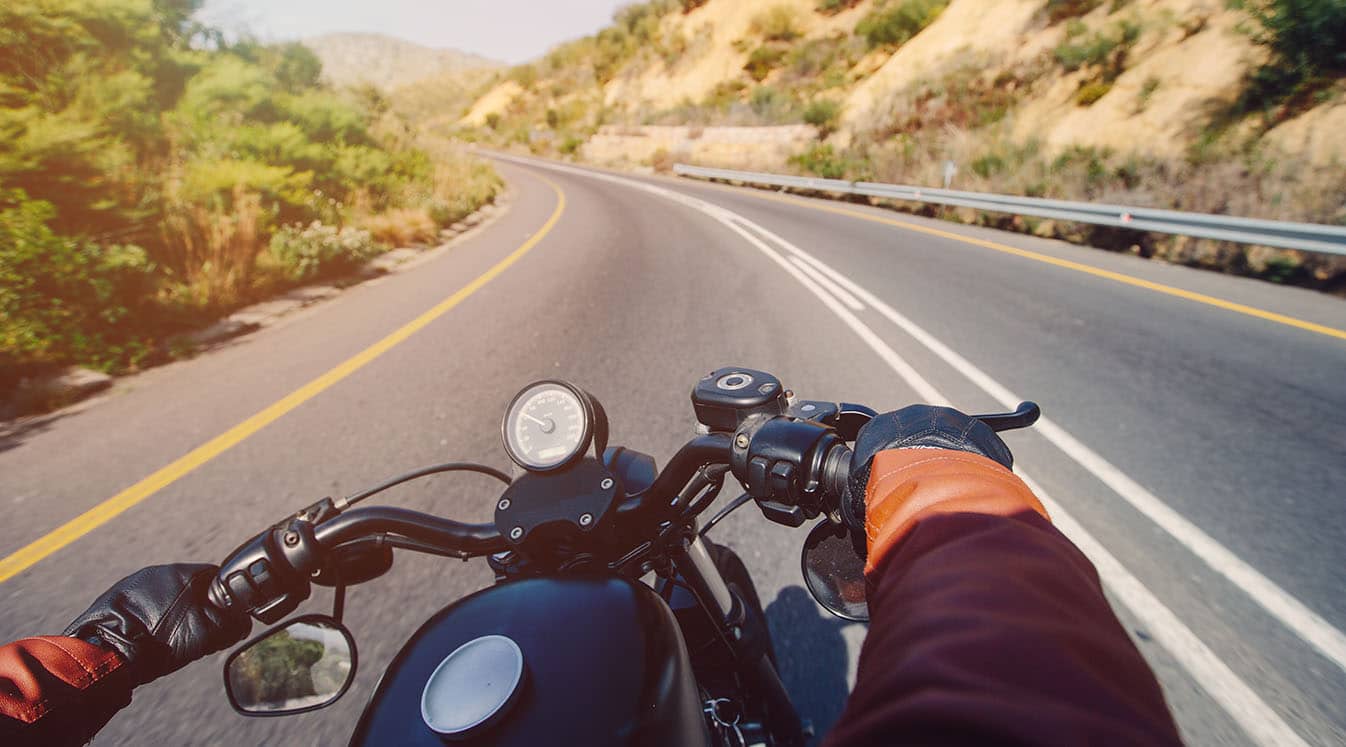Riding a motorcycle “two-up,” or with a passenger, can be an awesome experience. You can share your love of riding and your adventures with someone else. When it’s done right, you’ll both have a great time and gain greater appreciation of the many awesome things about the two-wheel life.
But the safe way is the only way to do it. Here are five things you need to know about riding a motorcycle with a passenger before you let anyone hop on your pillion seat.
1. Commit to learning how to ride with a passenger.
Riding with a passenger is a skill like any other, and it has to be learned and practiced. Don’t expect to know how to do it right away, especially if your passenger has never done it before either.
Weight distribution is one of the biggest changes that riding with a passenger creates. Your bike will handle very differently with another hundred-plus pounds on the back, and it will take some practice to learn to maneuver under those conditions. Cornering will be more challenging, so you’ll have to be more careful about how you approach tight turns.
Both braking and acceleration will also happen more slowly because of the extra weight. You’ll need to factor this in when you’re planning your overtaking and stopping maneuvers.
2. Recognize that it takes experience to become a good passenger.
No one is born knowing how to be a passenger any more than they’re born knowing how to ride. A good passenger needs to develop the right skills for riding two-up, and you should hold them accountable for putting in the work to learn the skills if you’re going to allow them onto your bike.
Some of the key basic skills that any bike passenger should learn include:
- Mounting and dismounting from a motorcycle safely
- Keeping their feet on the foot pegs at all times
- Holding on either to the rider or to a grab bar at all times
- Staying still and refraining from sudden movements when riding
- Following the rider’s lean in a turn, rather than leaning away from or into the turn excessively
3. Make sure your bike is equipped for riding with a passenger.
Some bikes are naturally easier than others to ride on with a passenger. Touring bikes are the most passenger-friendly of all, often equipped with features like passenger grips and comfortable rear seats. Most cruisers are also relatively easy to ride two-up on. Sport bikes, by comparison, are usually only minimally equipped for passengers, and you’ll often need to make some modifications (such as adding a grab bar on the gas tank, a set of rear foot pegs or a more comfortable pillion seat).
Riding two-up will also affect your suspension and tires. Lighter bikes (particularly sport bikes) will often need to have their rear suspensions adjusted to account for the extra weight on the back and help keep the front tire on the ground. You may also need to bump up your tire pressure to accommodate the extra weight.
4. Make sure your passenger is equipped for riding.
At the bare minimum, your passenger needs a good helmet to ride safely. However, the more essential motorcycle gear that a passenger wears, the more they’ll be protected from the hazards of riding and the more comfortable they’ll usually be.
If you and your passenger will be riding together frequently and/or over long distances, they should invest in some quality riding gear. A proper riding jacket and riding boots will let them go on longer rides with you comfortably and help protect them in a crash. Plus, the two of you will just look cooler together.
5. Use a motorcycle helmet communication system to keep in touch.
Using a motorcycle helmet communication system is, by far, the easiest and most effective way to keep in touch with your passenger, particularly on a longer ride. That’s because even at such close ranges, helmets and highway noise will usually make it almost impossible to hear your passenger’s voice un-amplified. Hand signals are awkward at best and dangerous at worst when you’re trying to keep your focus on the road.
That’s why a motorcycle helmet communication system like the Cardo Packtalk Bold or Cardo Freecom Plus can be such a clutch addition to your riding setup. You’ll be able to talk back and forth with your passenger easily so they can easily tell you to slow down or pull over, and you can help instruct them on how to make the ride safer and more comfortable. Plus, add a set of Bluetooth motorcycle helmet speakers and you can listen to your favorite tunes together on the road!
So, how about some tips for all of the motorcycle passengers out there? We’ve got you covered! Check out our guide to being a better motorcycle passenger. And remember that tens of thousands of people ride as motorcycle passengers safely around the world every day. It just takes some common sense and a commitment to safety.









